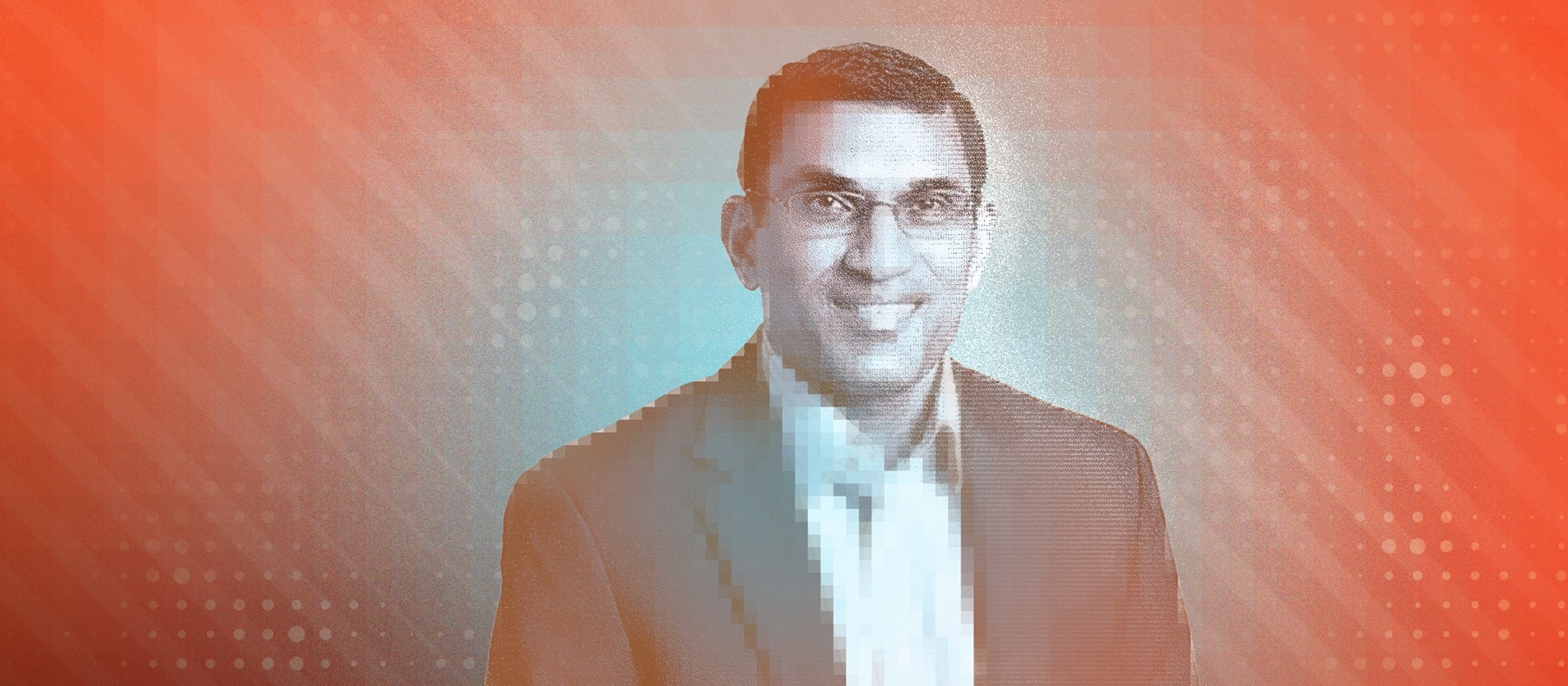Conventional wisdom says that we are in an AI arms race. As a security leader on the frontlines of this conflict, I believe that’s a perfectly incomplete idea. It frames the challenge as a simple contest of technology. The reality is that our success will be determined not by the sophistication of our tools alone, but by the mission-driven talent we can find, grow and retain. This is not a war for technology; it is a race for a specific mindset.
This became crystal clear to me at the recent Fortune Brainstorm Tech conference, where I was fortunate to learn from visionary leaders across diverse industries. My panel, “Hiring in the AI Arms Race: How to Win Talent for the Long Game,” brought together leaders to tackle this question head-on. These great minds included Zach Maybury of DraftKings, Rukmini Reddy of PagerDuty, Kai Roemmelt of Udacity and Umesh Sachdev of Uniphore. Moderated by Jeff John Roberts, we explored a central question: How do you find, grow and keep top technical talent when the competition is fierce and the future is on the line?
The answer requires a new playbook.
1. Strategic Talent Management: A Unified “Build and Buy” Approach
The old “build vs. buy” debate is obsolete. In the AI era, leaders must think like general managers of a championship team, where both homegrown talent and strategic acquisitions operate under one playbook. This unified approach is essential for optimizing resource allocation and accelerating capabilities.
- Cultivate internal expertise: We must create environments that function like mini-startups within the organization — giving teams autonomy, accountability and true ownership. This builds resilience, speed and a deep investment in outcomes, fostering a pipeline of dedicated talent.
- Accelerate through acquisition: Acquire teams for their products and also for their rare, specialized skills. As Umesh Sachdev noted, speed is critical. Strategic acquisitions can accelerate your roadmap when expertise is the bottleneck, providing immediate access to critical capabilities.
- Unify for the mission: Every decision must answer one question: Does this move advance our integrated platform and deliver exponentially more value for our customers? The greatest risk is a fragmented organization where internal talent and acquisitions are running different plays. This brings to mind a lesson from DoorDash CEO Tony Xu, who shared at the conference that the average restaurant has just 17 days of cash on hand. For them, “efficiency is survival.” The same is true for us. A fragmented talent strategy creates friction and wastes resources, thinning the “resilience margins” we need to withstand advanced threats.
2. Retain Through Purpose and Impact
In a competitive market, compensation is table stakes. Real commitment comes from connecting people to a mission they believe in. This is a fundamental shift from a “war for talent” to a race for mission alignment. The best people aren’t simply for sale; they’re looking for meaningful work. As Rukmini Reddy pointed out, the world is our talent pool, and our search must be for those who share our purpose, wherever they are.
This resonates with an insight from Larry Fitzgerald Jr. on the success of Chess.com. Their main challenge, he said, wasn’t the game itself but “convincing people that chess is for everyone.” The analogy is perfect for cybersecurity.
We succeed when we make security a team sport and a mission that everyone, from the SOC analyst to the product manager, feels part of. When people see the direct line from their work to protecting our digital way of life, retention becomes a natural outcome of shared purpose, reducing the significant costs associated with high turnover in critical tech roles. My own career reflects this; while I haven’t had a decade-long tenure at a single company, every role has been part of a coherent mission to protect and defend. That’s the anchor.
3. Design the Future of Work: Humans Augmented by AI in Mission-First Environments
The narrative that AI will entirely replace engineers is not true. As Dara Treseder of Autodesk powerfully stated in a fireside chat at the event, we must not allow AI to turn us into “second-hand thinkers.” The true value of AI in security lies in its ability to augment human ingenuity, not to replace it. We will leverage AI to operate at machine speed, but it’s our human teams that provide the context, strategic insight and decisive action. This means we must hire and upskill for curiosity and adaptability, seeking out “intelligence officers” or people who can see patterns, navigate ambiguity and fuse technical data with strategic thinking.
To find these minds, our hiring practices must evolve. Zach Maybury’s approach of having candidates develop programs on the fly in an interactive interview is a great example of testing for real-world problem solving. And where should this work happen?
While there might be debate about remote vs. in-office, I’d advocate for designing operating models around the point of impact. For example, an incident response team needs global mobility. An innovation hub might thrive on in-person collaboration. Deep, focused work can demand flexibility. Sales needs to travel to the customer. The leaders who win will design mission-based, not location-based, models.
Winning the Real Race
We are not in a simple talent war, but in a race for purposeful impact. The organizations that win will understand their greatest strategic advantage to be a culture connecting every person to a cause bigger than themselves. By unifying homegrown innovation and strategic acquisition under a single mission, we build more than just better products. We build the kind of resilient, mission-driven teams that can secure our digital future for generations to come.
Curious what else Wendi has to say? Check out her other articles on Perspectives.







